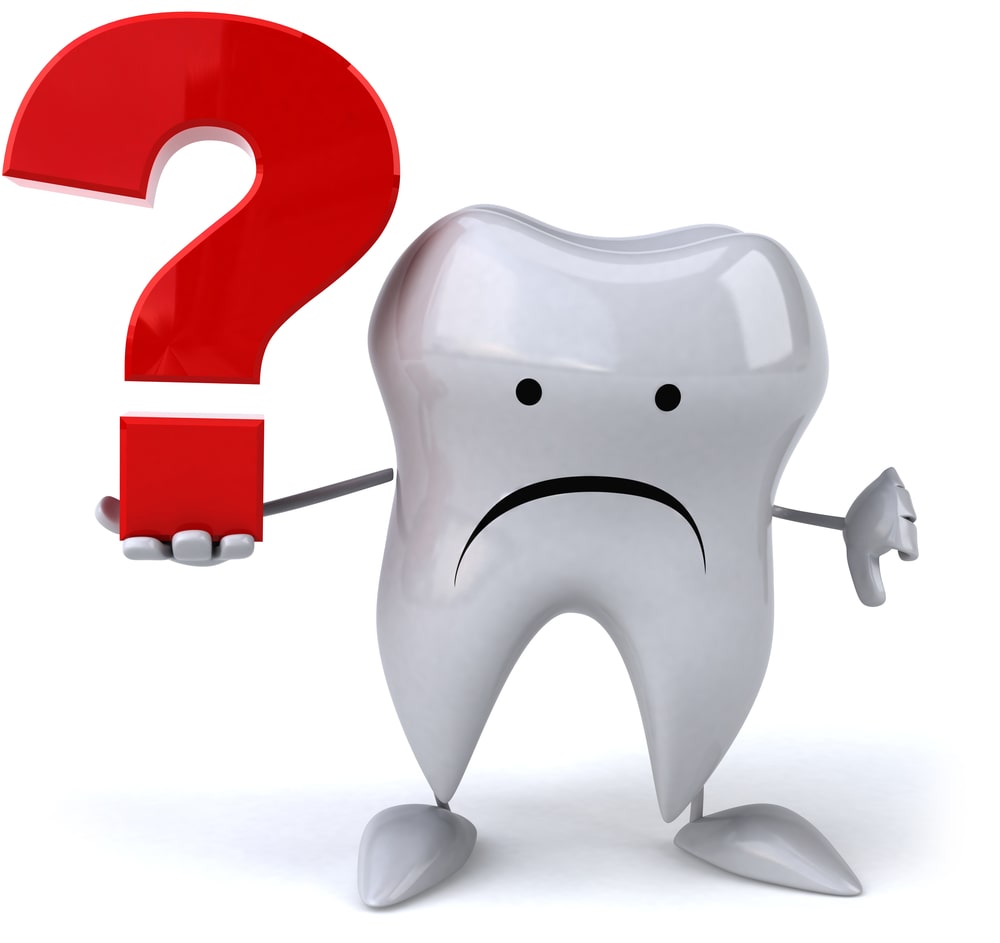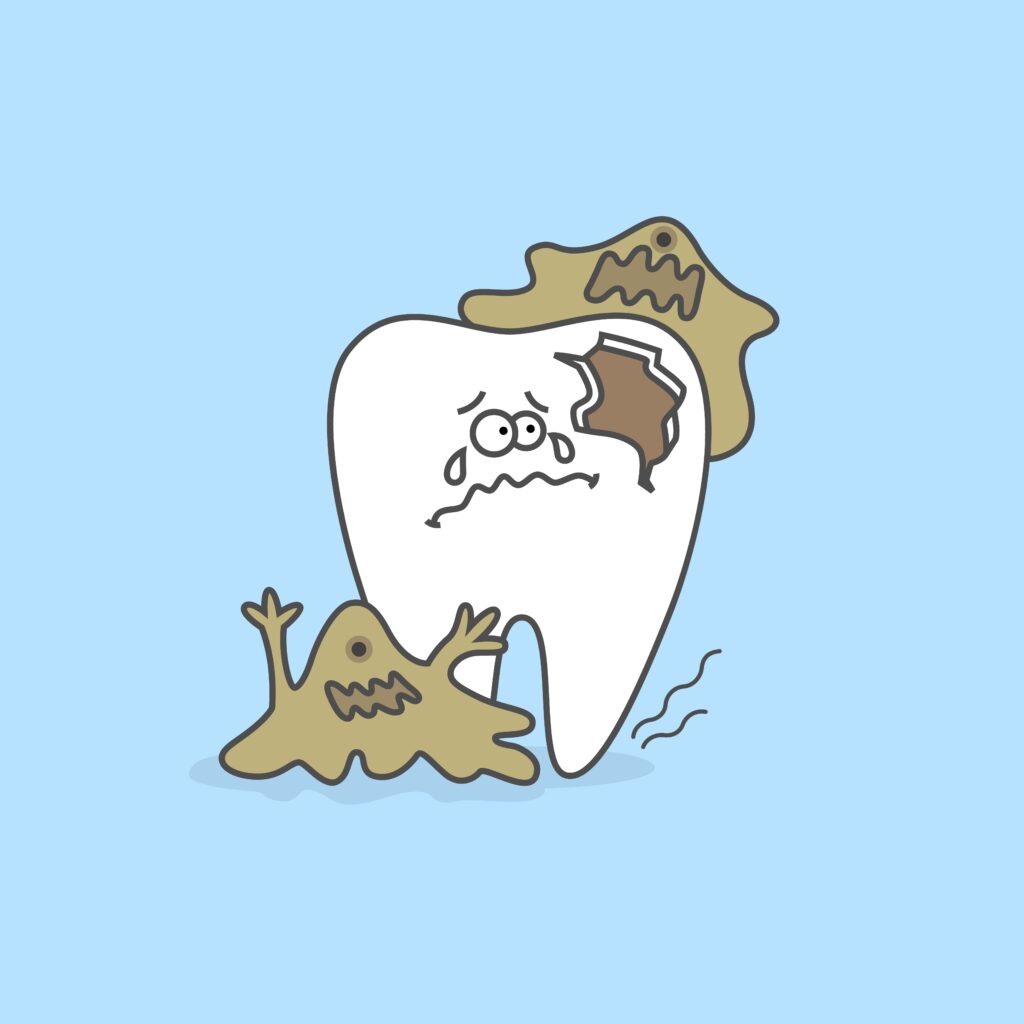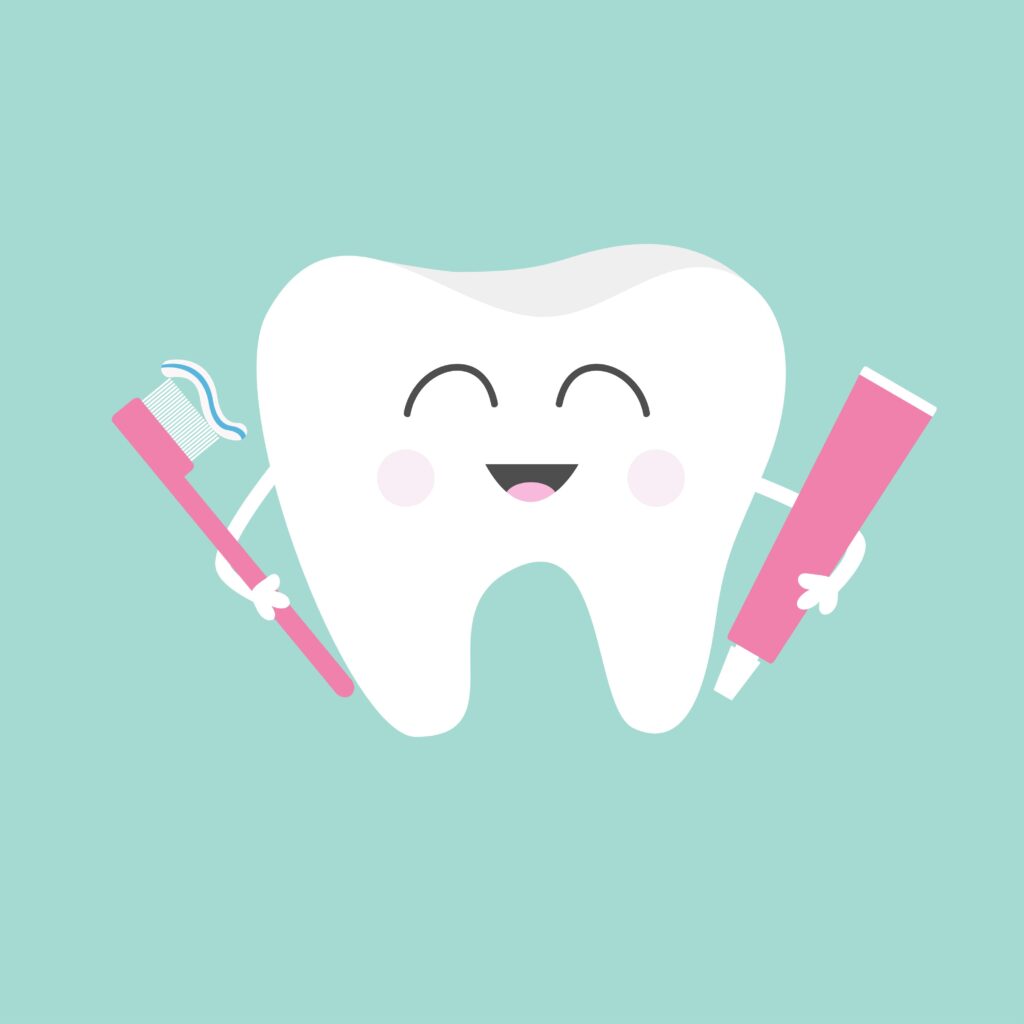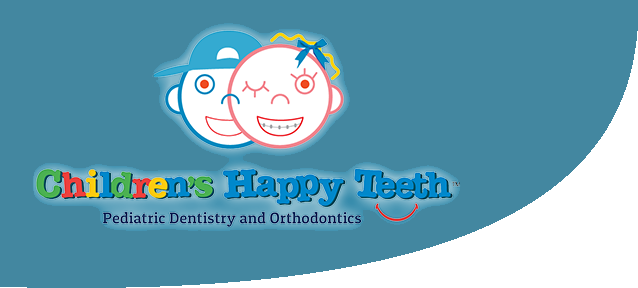
How much do you and your child know about dental plaque? Take our short quiz to find out! Don’t worry, the answers are written below.
- What is plaque?
- Where does plaque form?
- How does plaque form?
- What happens when there is too much plaque?
- How can you minimize plaque?
***Quiz Answers***
What is Plaque?

In the simplest sense, plaque is a clear and sticky film that covers the tooth surface. Although it is normally clear, the stickiness of plaque can cause food particles to become trapped and cause plaque to look whitish, yellowish, or tinted to the color of a particular food/beverage.
In a more technical sense, plaque is composed of water and microorganisms. The most common type of microorganism found in plaque is bacteria and bacteria make up 70% of plaque once the water is removed. Dental professionals have identified at least 1,000 different types of bacteria in dental plaque. Because of its composition, plaque is sometimes also known as: biofilm, oral biofilm, bacterial plaque biofilm, dental plaque biofilm, or microbial plaque.
Where does plaque form?
Plaque forms all over the entire tooth surface, including the front, back, and sides. Your tooth can be divided into two parts: the crown and the root. The crown is the part of your tooth that you can see when you smile. When plaque forms here it is called supragingival plaque. This is the first place plaque forms and if it is not removed, then it will continue to grow below the gums on the tooth root. When plaque grows on the tooth root under the gums, this is known as subgingival plaque.
How does plaque form?
The simple answer is that plaque forms when bacteria and food particles accumulate on the surface of the teeth. As mentioned above, plaque is primarily composed of water and bacteria. Both water and bacteria are naturally present in the mouth, so it is only a matter of time before plaque starts to form. In fact, it is estimated that it takes about 4-12 hours after brushing for plaque to form. Not only that, but bacteria can also be introduced into the mouth by eating, drinking, and breathing. Since bacteria are living organisms that feed off of the sugars in the foods and beverages you consume, this also means that eating and drinking can cause more bacteria, and consequently plaque, to form.
What happens when there is too much plaque?

When too much plaque accumulates, this can lead to tooth decay and gum disease. This is because plaque houses bacteria that feed off of the food particles also found in plaque. These bacteria then deposit acidic waste onto the enamel, which will eventually erode the surface of the tooth. As a result, tooth decay can form when large amounts of plaque and bacteria form in one area because the damage is focused on that one point. Excess plaque and bacteria can also cause gum inflammation when it accumulates along the gum line. This inflammation eventually causes the gums to become infected with gum disease.
How can you minimize plaque?
To reduce the risk of developing tooth decay and gum disease, it is necessary to minimize the amount of plaque on your child’s teeth. The best way to do this is to encourage and make sure your child is brushing their teeth twice a day and flossing daily. You will also need to schedule regular dental checkups and cleanings at least every six months. In some cases, your child’s dentist may also recommend additional preventive treatments, such as dental sealants. Avoiding sugary foods and beverages is another way to minimize the amount of plaque that forms.





